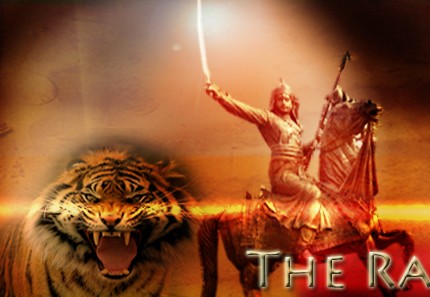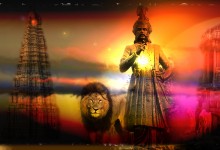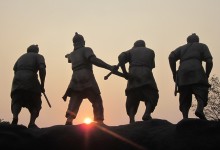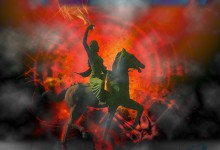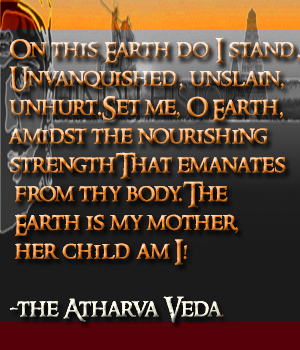Posts Tagged ‘Shiva’
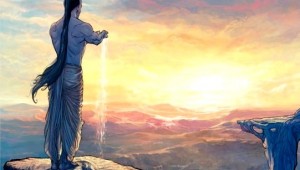
The Vedic Basis of Classical Yoga
The traditional founder of Yoga Darshana or the ‘Yoga system of philosophy’ – which the Yoga Sutras of Patanjali represents – is usually said to be Hiranyagarbha. It is nowhere in classical Yoga literature said to be Pa...

History of Asana and Exercise in India
This has led some people to think that the active asana approaches and movements, such as practiced by many modern Yoga groups, were not part of the older Yoga traditions or were not known in India. It has also gotten some to h...
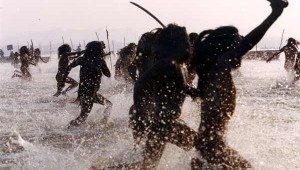
Gokul 1757 : War of the Nagas ~ Shiva’s Sacred Warriors
Amongst the sacred points of pilgrimages of Hinduism one of the most popular regions centre around the fabled birthplace and playground of Sri Krishna known as the Braj Matsya region. This area centred around the south o...

